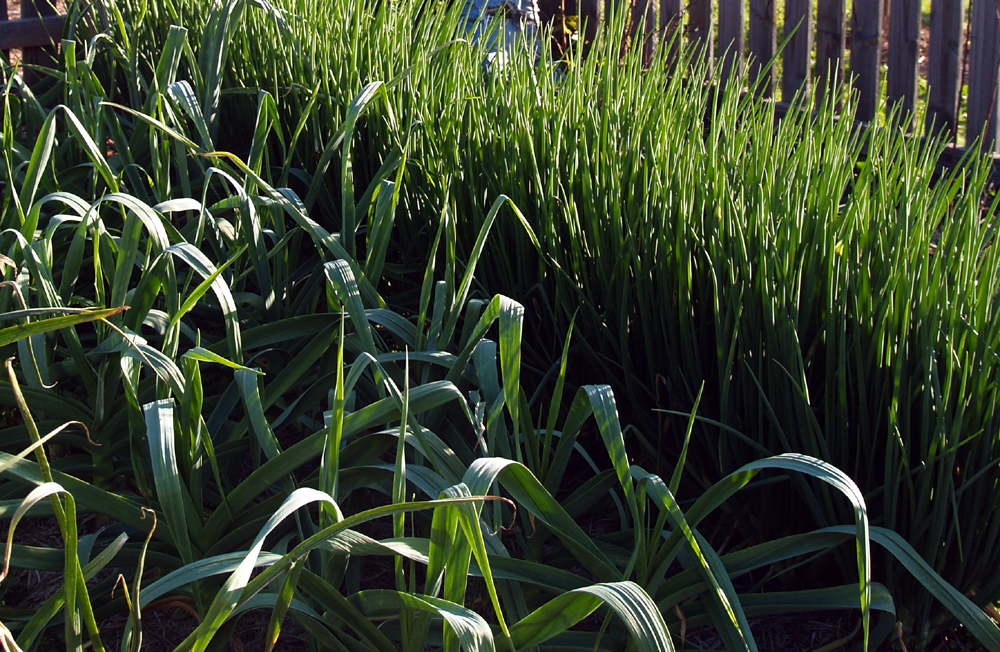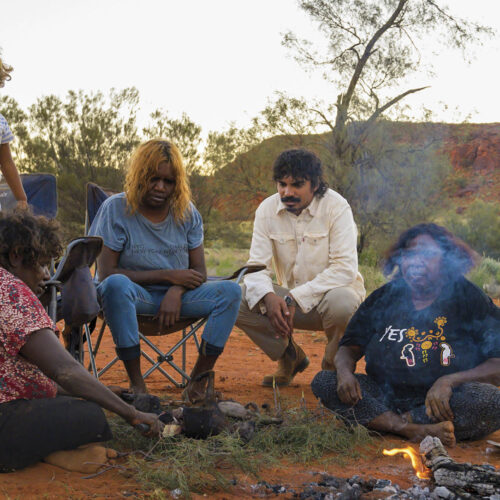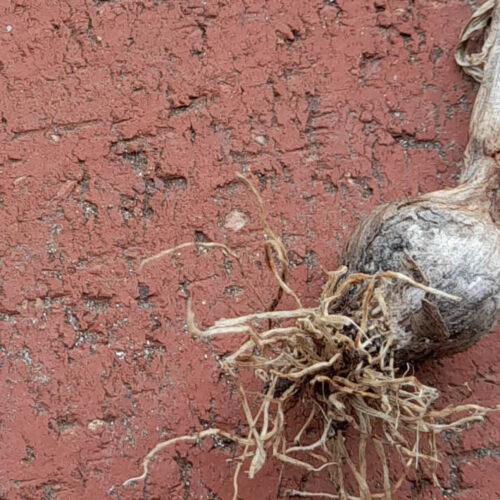Time to plant light sensitive alliums
2011-06-08T04:17:30+10:00
With the Winter Solstice fast approaching, Justin Russell gives the low down on light sensitivity in plants, and suggest which alliums perform best during the increasing daylight hours.
In the Southern Hemisphere, June 22 marks the Winter Solstice – the shortest day of the year. In my part of the world at 27 degrees south of the equator, the sun will rise at about a quarter to seven, and will set at about ten past five in the afternoon, leaving us with about 10 hours of daylight. The good news is that even though temperatures will continue to drop until late July, the hours of daylight after the solstice will gradually start to increase. Lengthening days are a boon for anyone with a fondness for growing alliums. Onions and their relatives are photosensitve plants, which is a fancy way of saying that they respond to light. Short day onions, such as the Italian variety ‘Barletta’, form bulbs in autumn as daylight hours decrease. Long day onions, such as the heirloom ‘Creamgold’, are the opposite. They form bulbs as the days become longer. A third group of alliums, particularly garlic varieties such as Queensland-bred ‘Glenlarge’, can be described as “daylength neutral”. These varieties are insensitive to light. Glenlarge will form bulbs regardless of the number of hours in the day, making it popular amongst garlic growers in my district, where changes in daylength aren’t as pronounced as they are further south. The implication of photosensitivity is that unless you want to waste precious time and space in the vegie garden, it’s vital to plant the correct plant variety at the correct time. In temperate Australia, garlic and short day onions should have been planted back in autumn, so there’s no point in bothering with them now. Once the winter solstice has come and gone however, you can get busy planting long day onions and shallots. Alliums love a sweet soil, so apply a generous handful of dolomite lime per square metre and give the onion bed a water. Don’t worry too much about fertiliser. An overly rich soil will reduce the keeping qualities of most alliums, but do try your hand at sowing onions from seed. Very small seedlings can work okay, but the great thing about onion seed is that it will germinate in the dead of winter, and you can choose a properly named variety suited to increasing daylength. In the case of true French shallots (as opposed to spring onions), small bulbs are planted by simply pressing them three quarters of their height into the soil. Space about 15cm apart. By the longest day of the year on December 22, the individual bulbs will have multiplied into as many as 12 shallots, which can be dug up and used fresh, or stored until the cycle starts again next winter.






